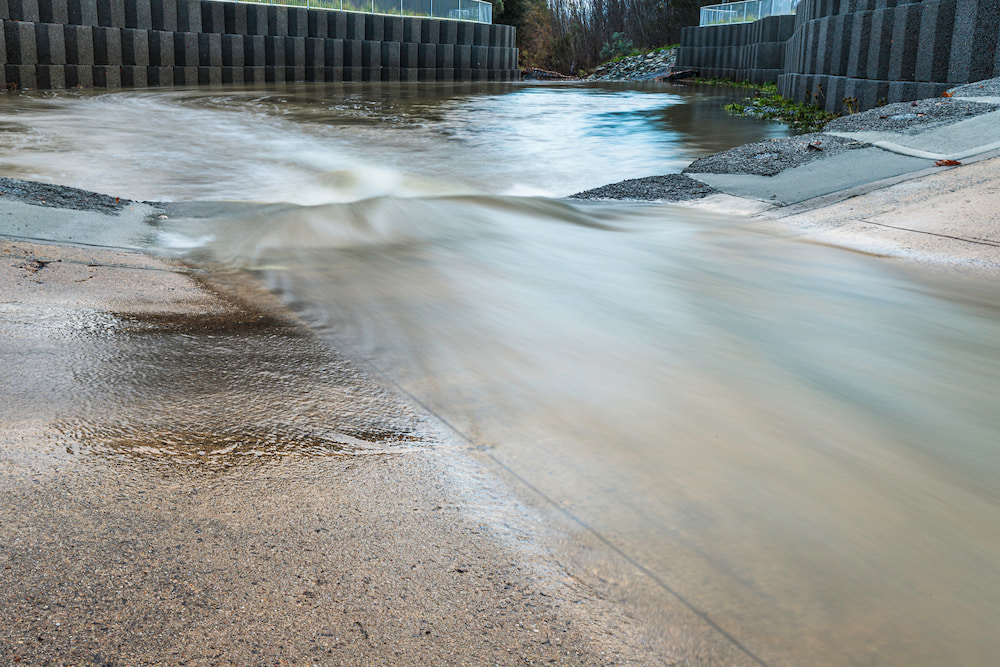To protect, conserve, and restore Canberra’s natural environment and waterways, the ACT Government has allocated an additional $13 million over four years in tomorrow’s Budget.
“Canberra has again been named as the best place to live in Australia,” Chief Minister Andrew Barr said. “We are so fortunate in the ACT to live in a city with such a unique and diverse natural environment right on our doorsteps.
“This funding boost for environment and water initiatives will ensure we build resilience to climate events and biosecurity threats to plants, animals, and our health to protect the lifestyle values we are known for.”
Biosecurity and nature conservation
The government will invest $5.8 million over four years to strengthen the ACT’s biosecurity and nature conservation programs.
“We are in an extinction crisis, where the future of over 60 plants and animals in the ACT hang in the balance,” Rebecca Vassarotti, ACT Minister for the Environment, said. “We need immediate action to safeguard our precious natural environment.
“With this funding, the government will continue in its mission to preserve our critically endangered species, saving them from the brink of extinction.”
This includes:
- Additional Conservation Officers with a focus on vegetation ecology and recreational fishing.
- Restoring habitat to protect high value conservation areas and plants and animals at risk of extinction.
“This funding boost empowers the ACT to take on the challenge of combating pest plants and animals more effectively,” Ms Vassarotti said. “It will equip us to effectively address the escalating growth of invasive weeds, a consequence of successive La Niña years marked by increased rainfall.”
- Implementing the Mulligans Flat Woodland Sanctuary Strategy and associated operations.
- Partnering with Indigenous Australians – the Ngunnawal people as the traditional custodians of the ACT and other families and individuals with a connection – to plan and deliver the programs.
- Expanding pest animal programs (including vertebrate and rabbit control) and eradicating weeds.
- Strategic and comprehensive reviews of the ACT’s biosecurity and conservation arrangements.
“This funding boost will also provide for a strategic biosecurity review which will allow the ACT to better combat invasive pest plants and animals,” Ms Vassarotti said.
“This will ensure we can meticulously evaluate the ACT’s current nature conservation arrangements. This critical review will serve as a cornerstone for the development of a new Nature Conservation Strategy, which will guide our future endeavours in safeguarding our natural heritage.
“As a city encompassed by a neighbouring jurisdiction lacking natural barriers against biodiversity incursions, we must remain unwavering in our vigilance. This announcement today is one step in safeguarding our biodiversity for years to come.”
More investment in healthy waterways
To improve the quality of the ACT’s stormwater, lakes, and ponds, the Budget will provide a further $8.2 million for the Healthy Waterways project, taking the total funding provided in this term of Government to $36 million.
“Our waterways are such an important part of living in Canberra, and we want to do all we can to keep them as healthy as possible,” Shane Rattenbury, ACT Minister for Water, Energy and Emissions Reduction, said.
“We have seen improvements in catchment health and water quality, and this increased investment in the Healthy Waterways Program will build on previous achievements.”
The government expects the new funding will deliver a range of projects to improve water quality and catchment health, including:
- Infrastructure such as wetlands and raingardens to improve water quality, biodiversity, and amenity. (For example, using recycled stormwater at playing fields in Kambah and Wanniassa; a new raingarden in Higgins; extending drain naturalisation in Isabella Plains.)
- Collaboration projects with traditional custodians on water issues and catchment planning.
- Extended community education focused on reducing pollution entering our waterways.
- Restoration works in rural catchments.
“This funding will enable us to build more wetlands to boost biodiversity and create beautiful natural spaces for recreation, continue education programs on caring for our waterways, mitigate erosion problems in rural catchments, and conduct research to gather crucial data on pollution sources,” Mr Rattenbury said.
“It will also support continued work to collaborate with traditional custodians on water issues and catchment planning, and will enable the development of catchment plans to guide future work in our major catchments.”



